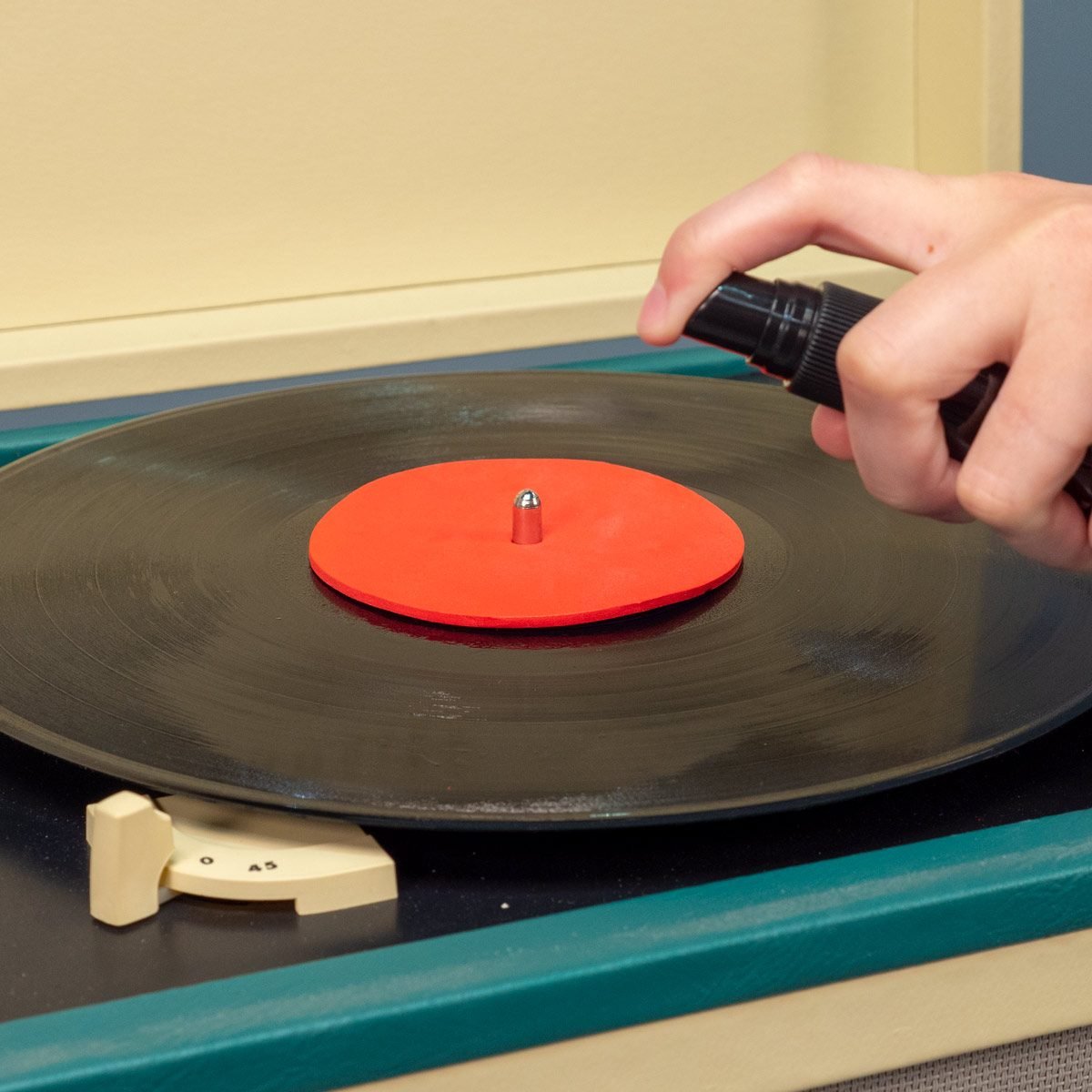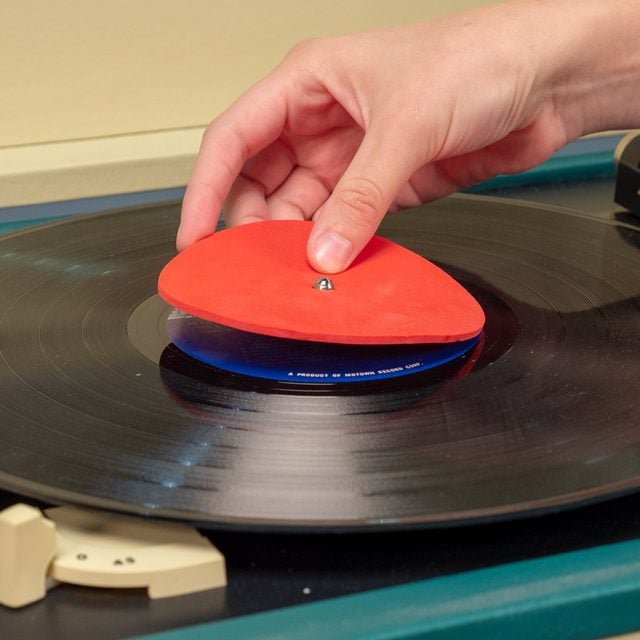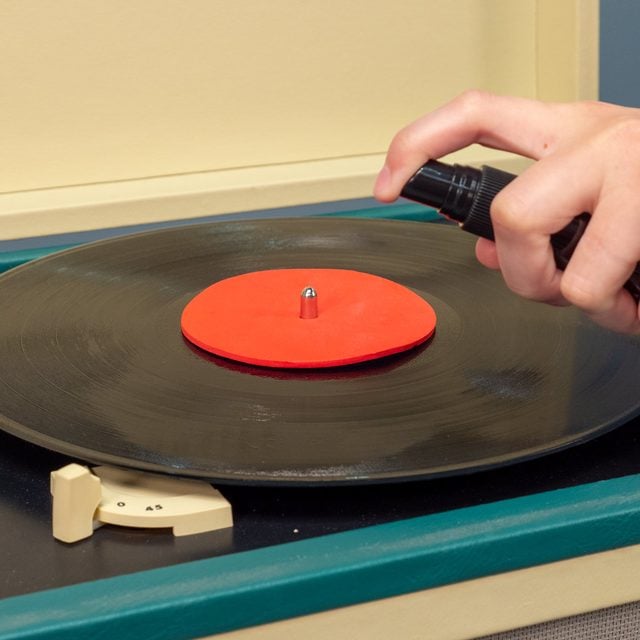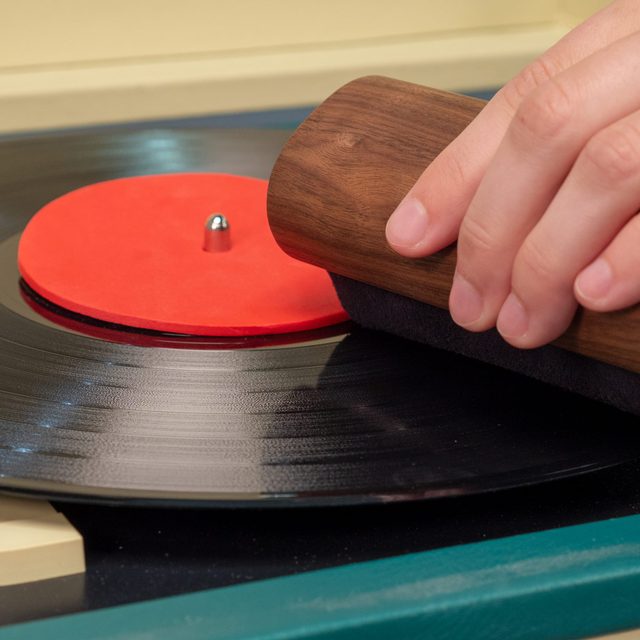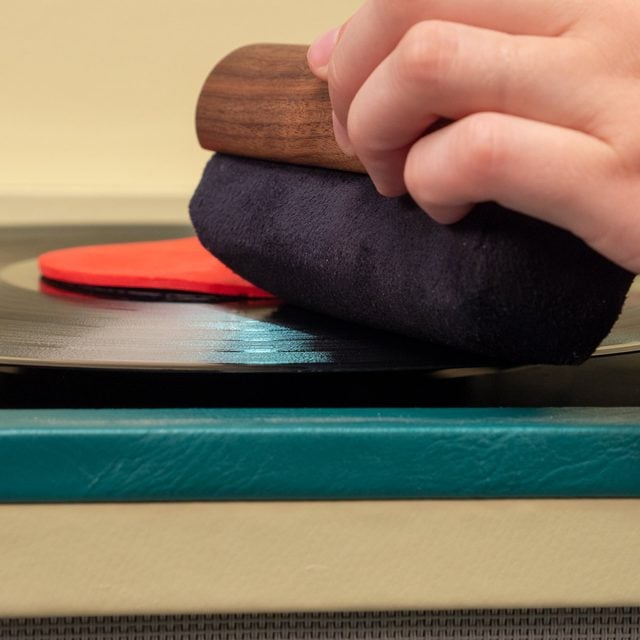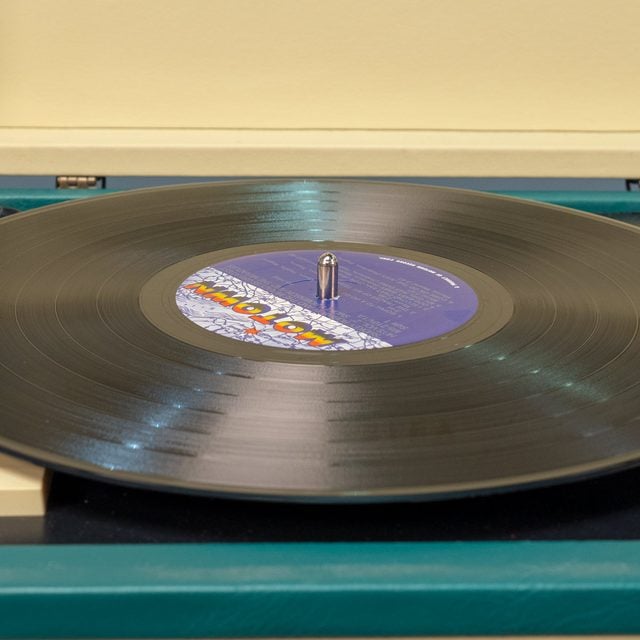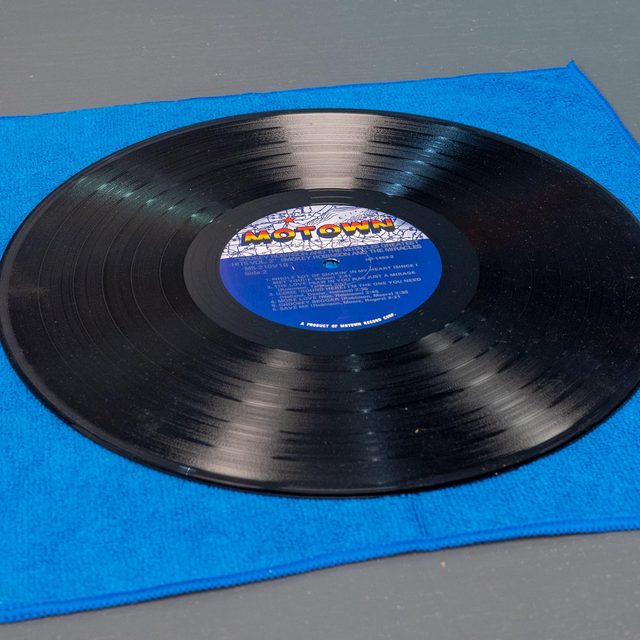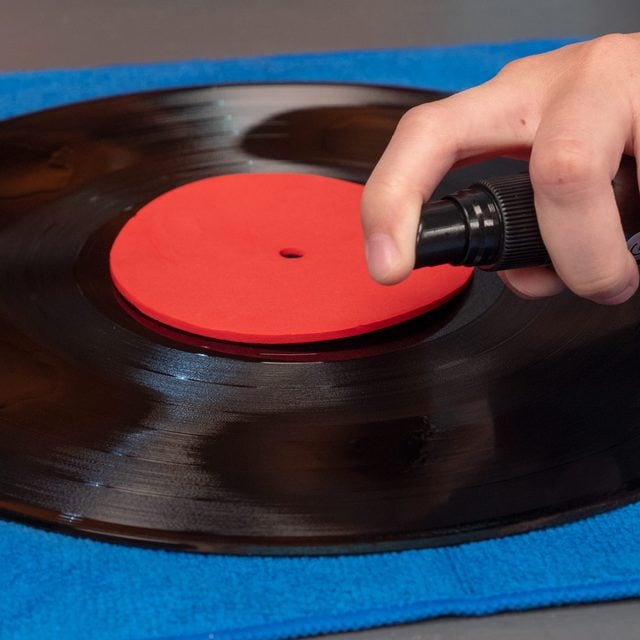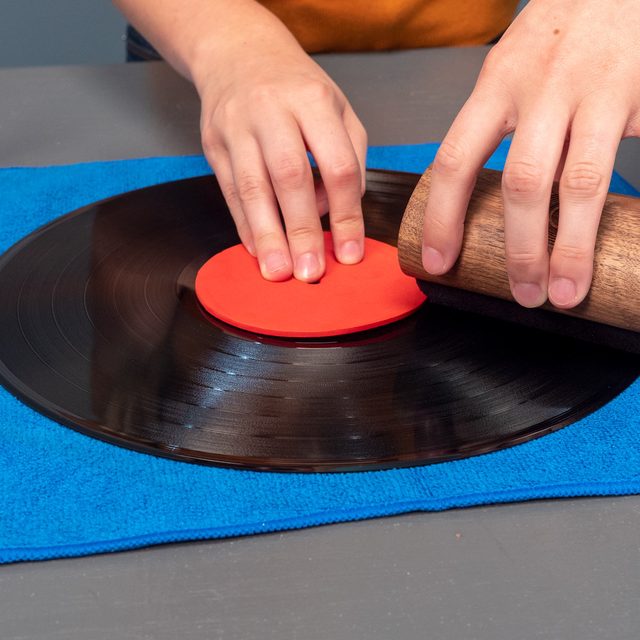Vinyl records have a tendency to attract dust and grime. Keep your records clean with this simple how-to guide.
The condition of vinyl records has a direct impact on their sound quality. To maintain the condition and longevity of your records, we recommend cleaning before every play. Check out these things in your home that could be worth loads of money. Watch the video tutorial above for how to clean vinyl records.
Remember to never use household cleaning solutions like Windex, vinegar and soap and water on records as they can actually cause more harm than good. Plus, check out our secret cleaning tips from the pros.



















